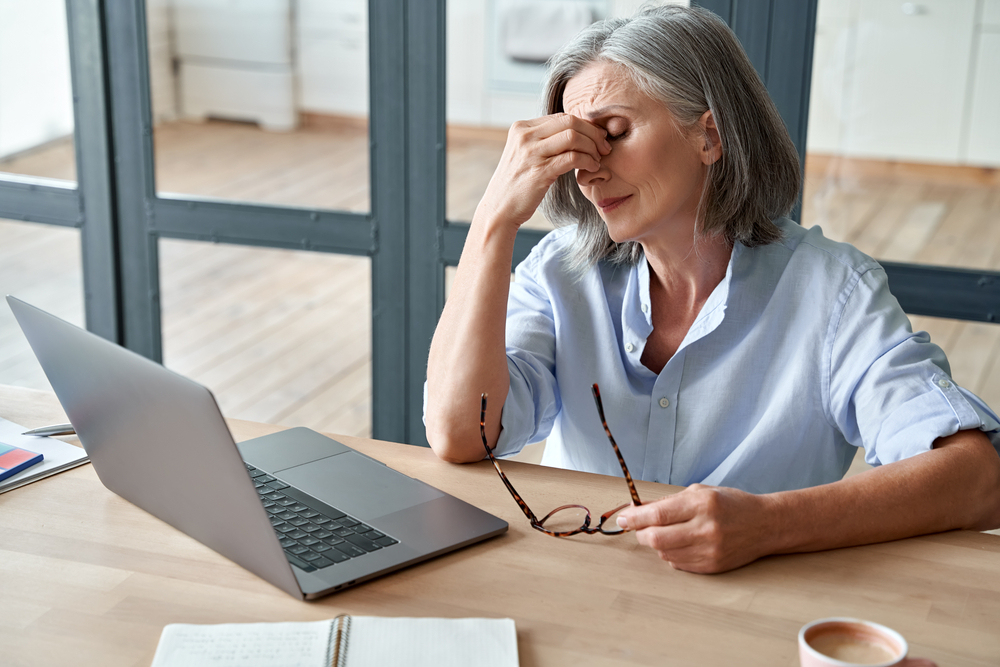Who Can Develop Dry Eye?
Dry eye disease is a common condition that affects millions of people. While dry eye can affect anyone, certain groups of people may be at a higher risk of experiencing symptoms.
Keep reading to learn more about dry eye, including who is at most risk for experiencing this eye condition!
What is Dry Eye?
Dry eye is a common condition that occurs when the eyes do not produce enough quality tears to stay lubricated. Tears are important for numerous reasons, including maintaining good vision and keeping the eyes comfortable.
Although dry eye symptoms can be intermittent or come and go, if you frequently experience dry, irritated eyes, you may have dry eye disease.
Dry eye disease can be a chronic condition and often requires treatment to help reduce uncomfortable symptoms.
What Causes Dry Eye?
Anyone can develop dry eye. However, some people may be more at risk of experiencing dry eye than others due to various factors, such as:
Aging
Tear production tends to decrease with age. Dry eye is more common in people over fifty.
Medications
Certain prescription and over-the-counter drugs like antihistamines, decongestants, blood pressure medications, and antidepressants can reduce tear production. When tear production is reduced, the eyes may not be adequately lubricated.
Medical Conditions
People with autoimmune diseases like rheumatoid arthritis and lupus are more prone to dry eye. It is also associated with thyroid problems, vitamin A deficiency, and Parkinson’s disease.
Environment
Exposure to smoke, wind, dry air, and air conditioning can evaporate tears from the eyes faster. Staring at computer and phone screens for long periods can also contribute to dryness.
What Are the Most Common Symptoms of Dry Eye?
Not everyone will experience the same symptoms of dry eye or the same severity. The most common signs and symptoms of dry eye include:
- Scratchy, stinging, or burning sensations in the eyes
- Stringy mucus in or around the eyes
- Redness, swelling, and blurred vision
- Sensitivity to light
- Excessive tearing that overflows from the eye
- Feeling like something is in the eye
If you are experiencing any of these symptoms, schedule an appointment with your eye doctor at Mid Ohio Eye in Columbus, Ohio.
Who Can Get Dry Eye?
While dry eye is more common in older adults, it can affect people of all ages. Other high-risk groups include:
Women
Hormonal changes from pregnancy, menopause, and menstrual cycles can increase dryness.
Contact Lens Wearers
Lenses can disrupt the tear film and cause irritation.
People with Autoimmune Disorders
These cause inflammation that damages tear glands.
If you experience chronic dry eye symptoms, see your eye doctor at Mid Ohio Eye for a full evaluation. There are many treatments available that can help improve your symptoms.
Treatments like artificial tears, prescription anti-inflammatory eye drops, plugs, and hydrating goggles can provide relief. With proper management, dry eye usually does not cause permanent vision damage.
If left untreated, dry eye can be very uncomfortable and harmful to your vision.
Are you experiencing symptoms of dry eye? Schedule an appointment at Mid Ohio Eye in Columbus, OH, today!










